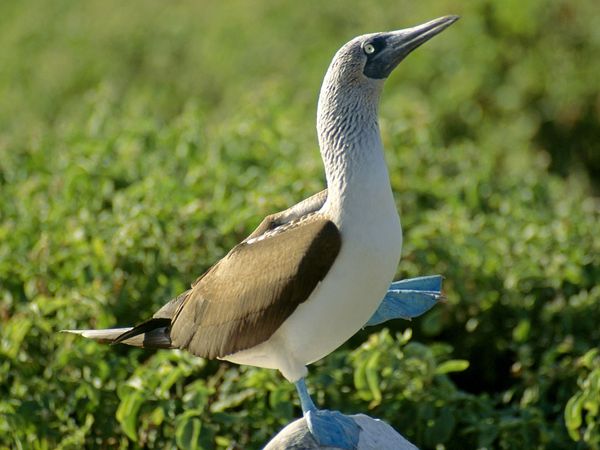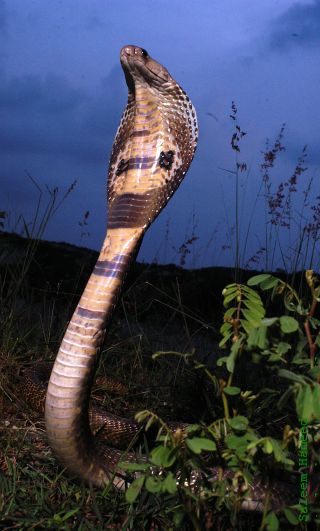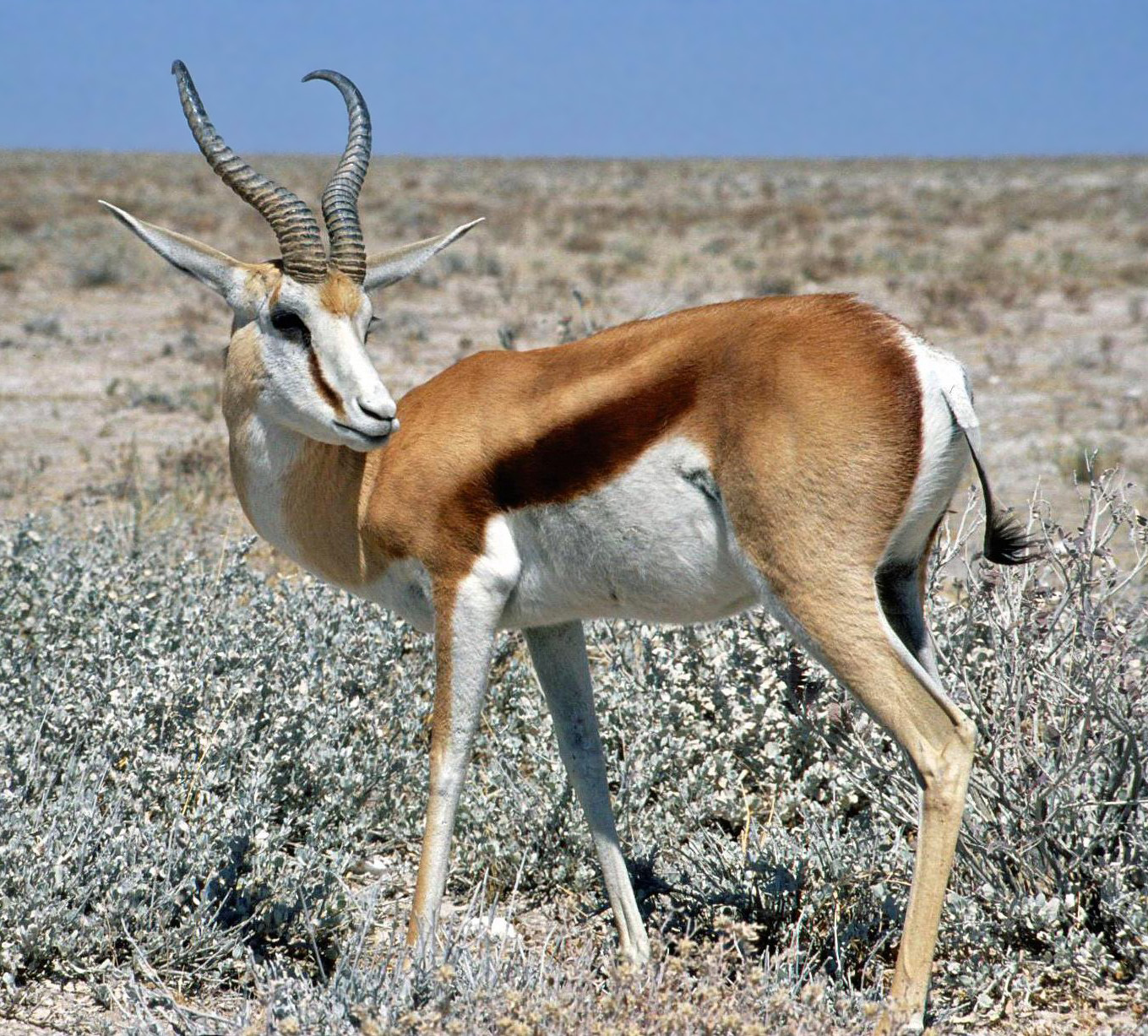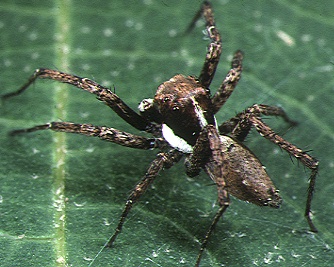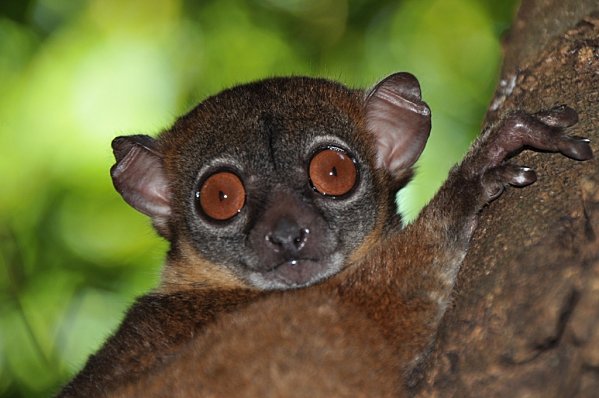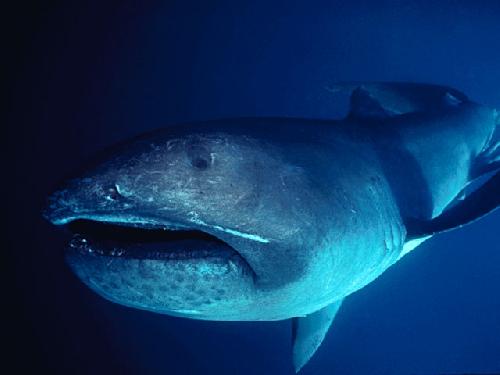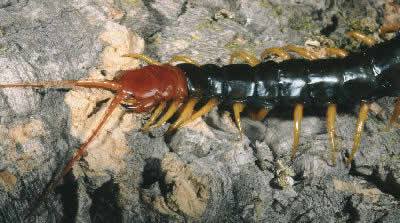
Yesterday we had the opportunity to study the cute and cuddly Wooly Lemur. I figured I would keep that trend going today with the Giant Desert Centipede. What?!? Believe it or not, I actually read one resource that said this is one of the “prettier” centipedes out there, which goes to show that beauty is definitely in the eye of the beholder. This large centipede is also known as the Giant Red-Headed Centipede for obvious reasons (hint: look at their head :)) and can be found throughout the deserts in Southern USA. Just remember, if you are ever lost in the desert….you are not alone!
Everything is Bigger in Texas
You can’t talk about the GIANT Desert Centipede without discussing why it gets this name. They get this “giant” prefix since they have an average length between 15-22 cm (6 – 9″). Go ahead and use your hands to measure out nine inches…… Now imagine that is a centipede! If you ever get to choose the desert you are lost in, I don’t recommend picking one in Texas. Research shows that things really are bigger in Texas, including the Giant Desert Centipede which seems to always be at the higher end of their length averages.

A Painful Bite
As with any large animal, you have to wonder if they are dangerous. While they may not be the deadliest animal in the world, I definitely wouldn’t want to get bit by these giant creatures. The bite of a Giant Desert Centipede may not kill you but it will definitely make you uncomfortable for awhile. This particular animal is known to have a powerful jaw (for a centipede) and will inject a toxin into your skin. To make matters worst, a bite from the Giant Red-Headed Centipede will likely transfer a lot of bacteria. Why? Well, these creatures feed on decaying flesh and faeces for a living. I am not a doctor but I don’t think it would be a good idea to add the bacteria from decaying flesh into an open wound. My advice:
Don’t let a Giant Desert Centipede bite you!
Well folks, that does it for another Wild Fact. I will see you tomorrow for the last fact of the week.

